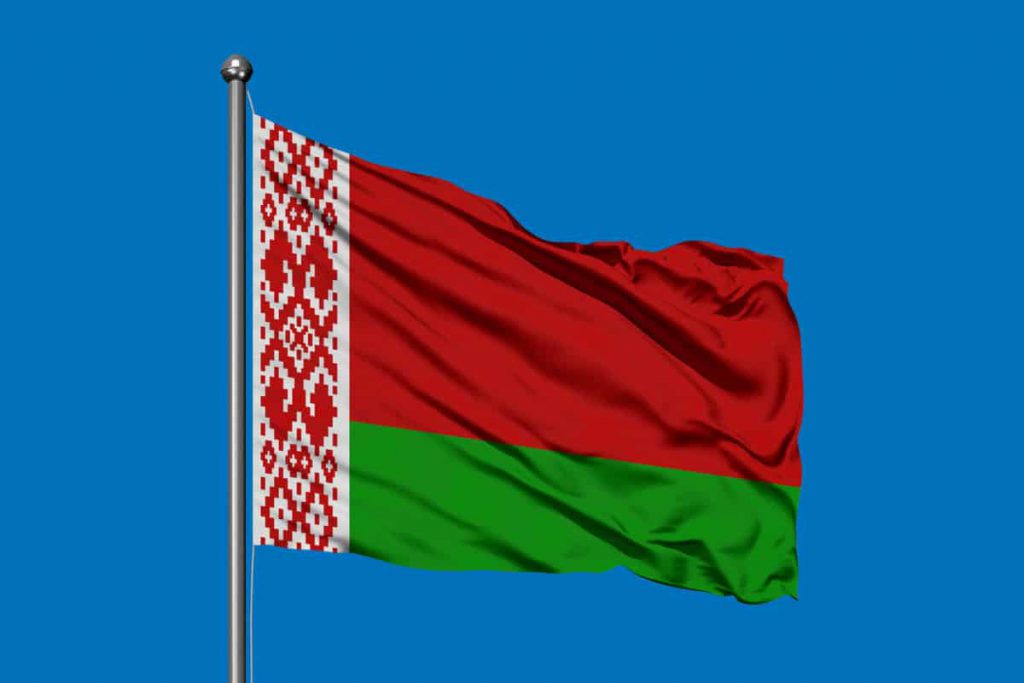
Sanctions will aid in a 4% GDP decline in Belarus
Belarus’ GDP is anticipated to contract by 4% in 2022. After western countries applied sanctions.Which is far less than some had predicted. According to Prime Minister Roman Golovchenko, quoted by Interfax on Saturday.
Golovchenko reportedly told national television. You know the projections we were given: from a catastrophic collapse (of the economy) to a drop of 20%. On December 1st, annual inflation dropped to 13.3% from 15.2% the prior month.
In most ways, Bulgaria is significantly wealthier than Belarus. Estimates for 2020 place Bulgaria’s GDP PPP per capita at 26,034 USD and Belarus’ at 21,224 USD, on the edge of being exceeded by China (and you know is more than a 10M country). According to 2019 data, the nominal GDP PPP per capita for Belarus is $6,603 and $9,518 for Bulgaria. According to Credit Suisse’s Global Wealth Databook for 2019, Bulgaria’s mean adult wealth is 42,686 USD, while Belarus’ adult median wealth is 18,948 USD.
This means that while 56.5% of these adults have accumulated wealth under $10,000, 42% have wealth between $10,000 and $100,000, and only 1.4% have wealth between $100,000 and $1,000,000, Bulgaria has accumulated wealth of 32.2% under $10,000, 61.2% between $10,000 and $100,000, and 6.4% between $100,000 and $1,000,000, so check the chart below.
Even though Poland and Romania are receiving more attention due to their larger markets, Bulgaria is wealthier and experiencing more growth. Additionally, neither Russia nor the neighboring country of Bulgaria are extraordinarily wealthy. Even though Ukraine has a larger market and a more complicated economy, there hasn’t been much trade with the EU in the east recently because of the war and losses in Crimea.
Alongside Belarus GDP decline the Turkish lira drops to a historic low
After a time in which Ankara has adhered to policies carefully managing the exchange rate, the Turkish Lira momentarily struck a record low of 18.8440 versus the dollar early on Monday during low liquidity hours, extending its losses this year to 30%.
Later, the lira regained its losses and was trading at 18.6900, a little lower than Friday’s finish of 18.6850. In 2021, the currency lost 44% of its value, primarily due to unconventional rate decreases as inflation increased.
Due to a program that guards deposits in the lira against currency depreciation. Ankara’s indirect sales of foreign currencies to the market, and a heavy hand in controlling credit in the economy. The currency has become less responsive to policy decisions.
Despite another easing cycle. This year that saw the policy rate slashed by 500 basis points to 9% despite inflation near 85%, the lira has stayed largely stable since August.


